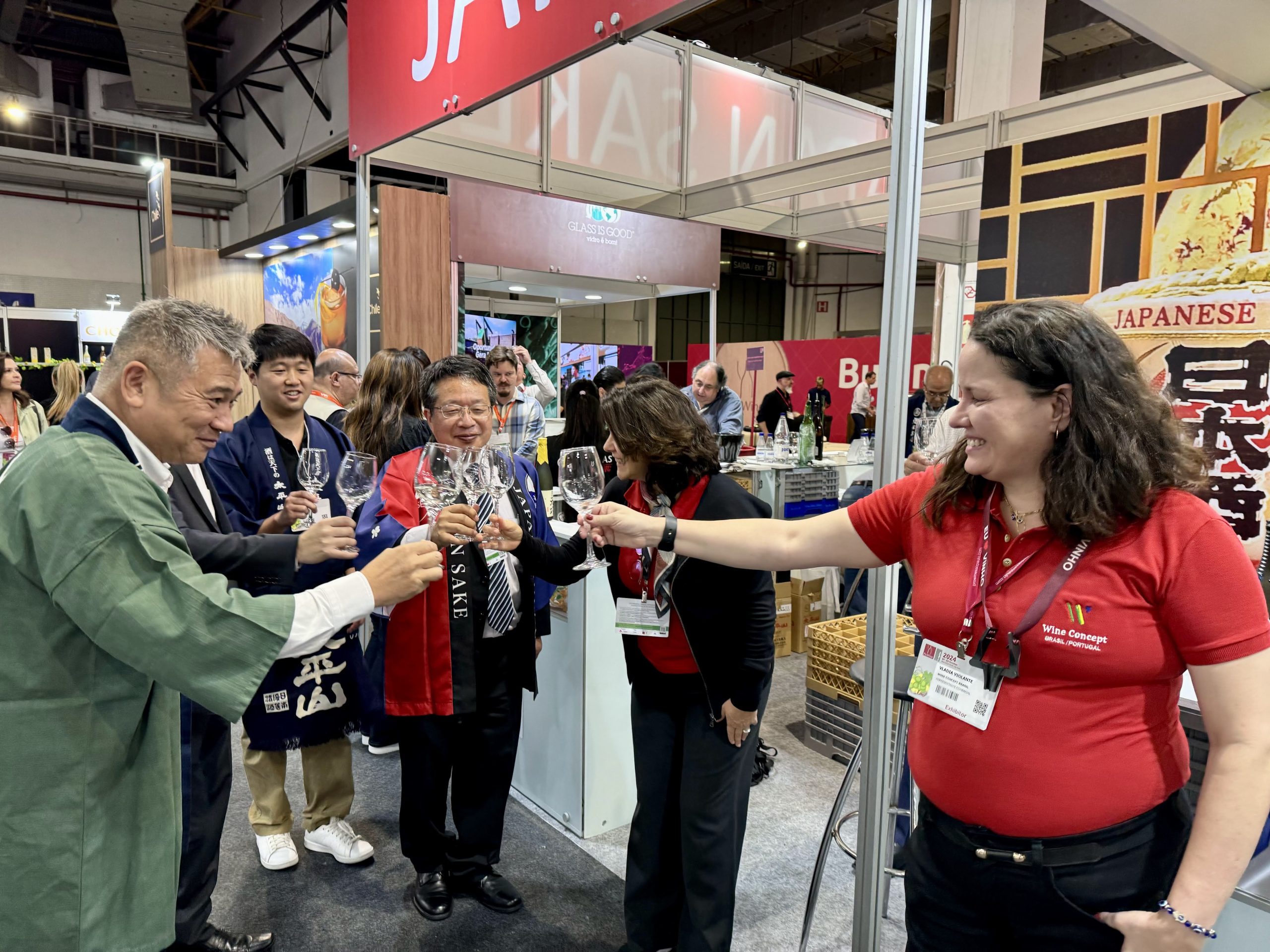Will anything really change in 2016?
By db staff writerIt is at this time of year that everyone prognosticates about what the year will bring, so rather than self-indulge, and in the absence of a crystal ball, it is perhaps better just to remind everyone that from an investment perspective, the turn of one year into the next changes absolutely nothing! writes Philip Staveley.
From a calendar perspective, obviously, it brings future events closer, and as has become traditional in the fine wine market early January brings two things into sharper focus: Chinese New Year; and the next en primeur campaign.
It has become axiomatic to attribute much of the correction in Bordeaux wine prices over the last four years to the drastic alteration in patterns of demand from mainland China. As a result the market looks out for indications of interest in the run up to Chinese New Year, interest which can usually be seen from around November of the prior year.
In addition, commentators have for some years been at pains to slate the Bordelais for their very clumsy handling of en primeur pricing. The great vintages of 2009 and 2010 were far too extravagantly priced, and subsequent inferior vintages offered insufficient discount to account for the quality differential. The market now has the awkward situation whereby quite a lot of the stock of vintages from 2011-2013 has yet to find a permanent home.
This creates a situation not dissimilar to the oil market right now. You will have read in recent days how stockpiling of the black stuff is going to keep a cap on prices through 2016, due to the reduction in demand even if OPEC tapers its production levels, because the storage tanks of importing countries are increasingly full.
There is a difference in the case of the fine wine market because depressed prices of ‘off vintage’ wines don’t necessarily affect the prices of ‘on vintage’ wines, but they aren’t going to help. Large swathes of the market will happily take two bottles of 95 point Mouton Rothschild 2012 instead of one bottle of 97+ point 2010, even if a more discerning drinker would not.
This year’s campaign will see certain critics rate the 2015 vintage as extravagantly as 2005 and 2000, if not indeed 2009 and 2010, but it is difficult to see how, having eschewed several far easier opportunities to bring a bit of reality back to their issue pricing, the producers will offer a bargain price for a very good crop. We shall see.
As far as Chinese New Year is concerned, it has barely registered in the market as yet. To understand this, you have to know how the market in Asia operates. Chinese buyers do not tend to buy in great quantities from UK merchants. They buy from HK-based merchants. You may recall the rally in Left Bank wines through Q2 of 2015, with the relevant indices peaking in July. This buying was led by Asian merchants, building up stock positions for demand in H2 which simply failed to materialise in the anticipated quantities. As a result their stock levels are reasonably high running up to this CNY, hence the muted current demand from that quarter.
Partner Content
But what does this, and perhaps more dramatically the first day collapse in Chinese stock prices and the overflow of negative sentiment around the world on Monday, portend for the fine wine market, given the importance of the Chinese consumer?
No-one should argue that a study of the Chinese economic situation is plain-sailing, but there is plenty of statistical evidence to support the view that what is happening in China remains very supportive medium term for the fine wine market.
In the first part of last year, overall wine exports from HK to China were up over 40% year on year. Following more than a decade of growth, wine exports to mainland China direct from Bordeaux fell 16% in 2013 and 19% in 2014, but in the 12 months to the end of June 2015 there was a 3% rebound and during the second quarter of 2015, Bordeaux exports to China rose 43%.
Recently released figures now show that in Q3 2015 China imported the same amount of French wine as it did in the whole of H1. These numbers are now escalating at a very healthy clip. The full increase for the first 9 months of 2015 is over 36% in volume terms, year on year.
Nor is the interest limited to Bordeaux, or even France. Although France accounts for over 43% of wine imports into China in terms of volume, rates of growth from Australia and Spain are both well over 50%. Something very seismic is going on here. Not only do these numbers evidence a rapidly growing consumer base in China, but they also suggest the destocking consequent on the “Chinese slowdown” and anti-corruption drive is working its way through the wash.
Philip Staveley is head of research at Amphora Portfolio Management. After a career in the City running emerging markets businesses for such investment banks as Merrill Lynch and Deutsche Bank he now heads up the research proposition at APM. www.apmwineinvestment.co.uk




